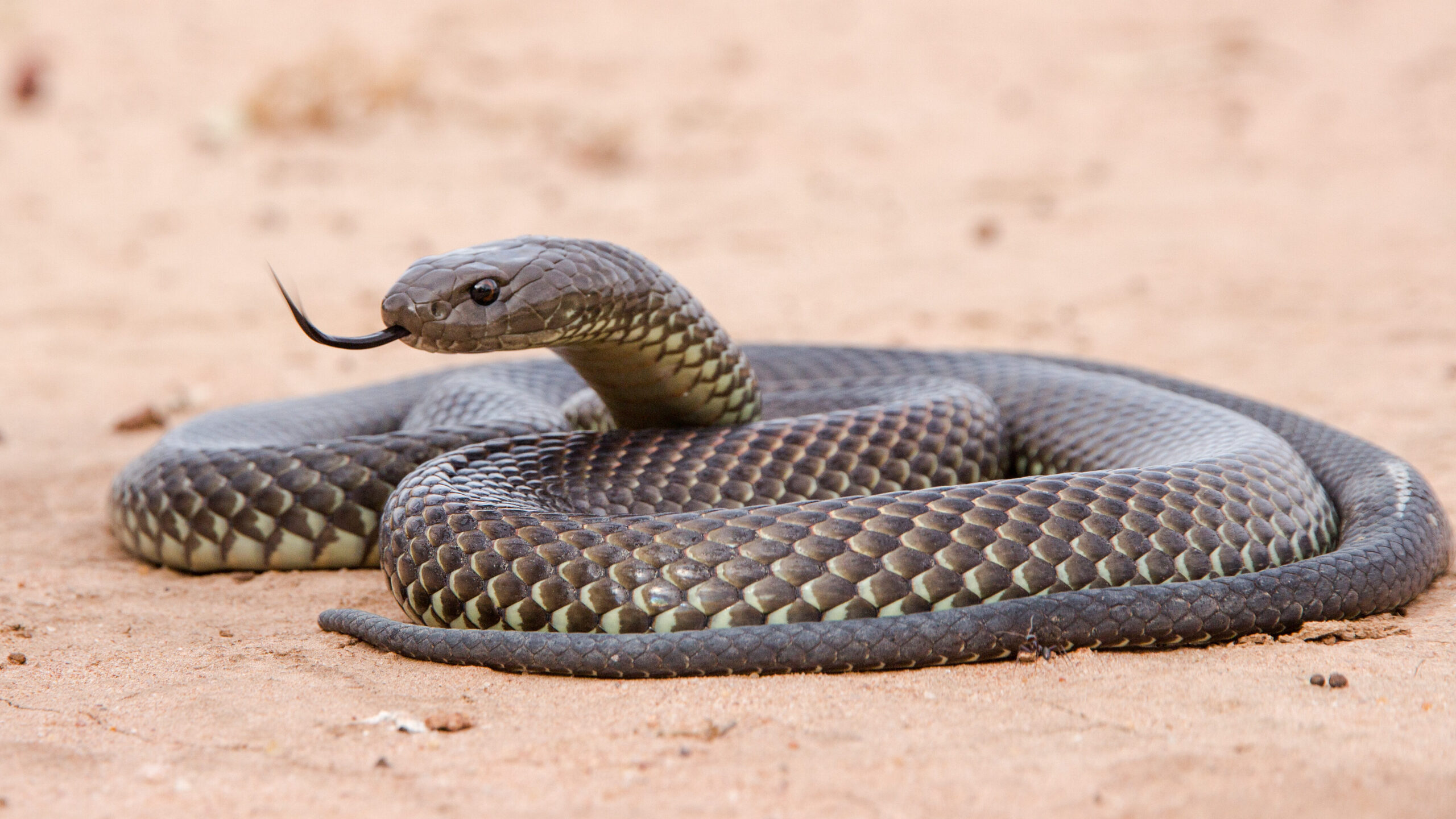Introduction
When it pertains to venomous snakes, Australia is home to a few of one of the most remarkable and harmful species worldwide. Among these, the Tiger Snake attracts attention not just for its powerful poison but also for its interesting actions. Comprehending the actions of venomous snakes like the Tiger Snake is critical for both wildlife lovers and those living in locations where these snakes exist. This write-up delves into different elements of Tiger Serpent actions, habitat, recognition, safety measures, and first aid practices in case of a serpent bite.
Understanding the Habits of Venomous Snakes Like the Tiger Snake
The Tiger Snake, scientifically referred to as Notechis scutatus, is well-known for its hostile nature when intimidated. These snakes display a range of actions that can be quite different from their non-venomous equivalents.
Characteristics of Tiger Snakes
The Tiger Snake is easily identifiable as a result of its unique bands or red stripes that look like a tiger's markings. They can vary in shade from yellowish-brown to dark olive or black. This coloration offers not just as camouflage yet also as a warning signal to prospective predators.

Adaptability to Environment
One amazing element of their behavior is their flexibility to different settings. Located largely in seaside regions, marshes, and wetlands across Australia and Tasmania, they can flourish in varied habitats including metropolitan locations.
Hunting Techniques
Tiger Serpents are ambush killers mainly feeding on fish, frogs, and tiny mammals. They have keen eyesight and an intense sense of smell which helps them in situating target effectively.
Venom Composition
Their venom consists of neurotoxins that impact the nerve system, leading to paralysis or death in smaller sized pets. For people, prompt medical focus is crucial after a tiger snake bite because of its possibly dangerous effects.
Natural Environment of Tiger Snakes
Preferred Locations
Understanding where these snakes reside sheds light on their behavioral patterns. The tiger snake habitat includes:

- Coastal regions Swamps Grasslands Urban locations with plentiful water sources
Seasonal Movements
During warmer months, Tiger Snakes are more active as they indulge in sunshine or search for food. In contrast, chillier months see them pulling back right into hibernation sites.
Are Tiger Snakes Venomous?
Yes! The question "are tiger snakes poisonous?" eastern tiger snake typically occurs among those not familiar with this types. Their poison is considered among the most dangerous amongst all snake species worldwide.
Symptoms of a Tiger Snake Bite
If bitten by a tiger snake, signs might include:
- Localized pain Swelling at the bite site Nausea and vomiting Sweating and confusion
Immediate medical aid is important as unattended bites can result in severe health difficulties or perhaps death.
First Aid for Serpent Bites: Quick Feedback Guide
Knowing just how to administer first aid for a serpent bite might save someone's life. Below's what you ought to do:
Step 1: Stay Calm
Keeping tranquility aids reduce heart rate which reduces poison spread.
Step 2: Debilitate the Impacted Area
Keep the affected limb still and listed below heart degree if possible.
Step 3: Call Emergency Services
Always seek expert medical help immediately after a serpent bite.
First Aid for Snake Bite Package Essentials
A fully equipped snake bite first aid kit ought to include:
- A compression bandage Antiseptic wipes A set of scissors An ice bag
Safety Precautions: Protecting against Serpent Bites in Australia
Awareness Programs
Australian snake habitatsEducating areas about local serpent varieties and their habits can significantly minimize encounters causing bites.
Avoiding Harmful Areas
Staying away from lengthy lawn during warmer months minimizes call with snakes that could be relaxing or hunting.
Common False impressions Concerning Tiger Snakes
Many people believe misconceptions regarding the habits of tiger serpents lead to unneeded fear. Below are some clarifications:
Myth 1: All Tigers Are Aggressive
Not all tiger serpents will show aggression if left uninterrupted; several choose taking off rather than confrontation.
Myth 2: They Chase Humans
Tiger snakes do not proactively go after human beings; they might strike when they really feel intimidated but will typically pull away if provided space.
Conservation Initiatives Connected to Venomous Snakes
Conservation initiatives focus on educating neighborhoods regarding securing regional wildlife while decreasing human-snake interactions.
Importance of Ecosystems
Understanding that venomous snakes play an important function in preserving eco-friendly balance assists foster admiration rather than concern towards them.

FAQs Regarding Tiger Snakes
What needs to I do if I run into a tiger snake?- Maintain distance and gradually retreat without sudden movements.
- While attacks aren't very common due to understanding efforts, they still happen every year within Australia.
- Baby tiger snakes can deliver full dosages of venom regardless of being smaller; hence caution is suggested around them.
- They largely consume frogs, fish, tiny mammals like rodents, and various other reptiles.
- It's prohibited in many jurisdictions without correct licensing because of safety and security concerns concerning their venom.
- Wear sturdy boots and stay on significant routes; appearance prior to positioning hands or feet into concealed areas like rocks or logs.
Conclusion
Understanding the actions of venomous snakes like the Tiger Snake not only boosts our knowledge however likewise promotes safety and security understanding among those living near their habitats. From identifying their qualities, recognizing first aid methods complying with a bite, with engaging preservation initiatives-- every aspect plays a vital role in fostering coexistence with these fascinating reptiles while appreciating their area within our ecosystem.
As we grow our understanding with education and learning and experience, we contribute favorably towards ensuring both human security and wild animals preservation-- benefitting all events involved!